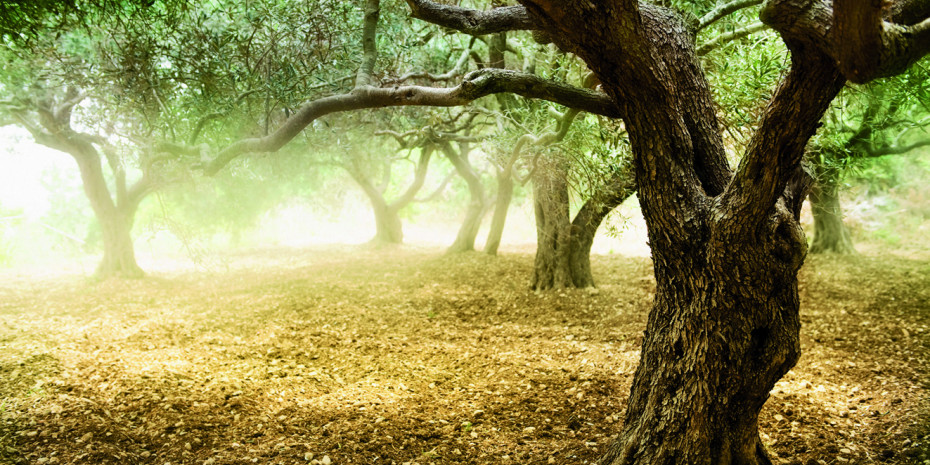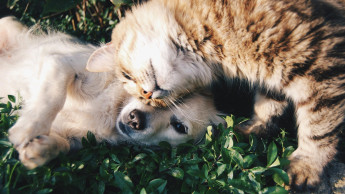Since the company was established by master saddler Rolf Trautwein back in 1980, Hunter has specialised in the production of leather goods for the pet sector. At its plant in Bielefeld, hand-crafted leather articles are created for pets and their owners on a 2 000 m² production site. Hunter's mission is to create innovative products embodying the highest quality standards in respect of craftsmanship and materials. Bringing out around 1 000 new items a year, the company aims to set trends in the industry and present customers with an exceptional selection of new products.
In Hunter's view, organic, ecologically compatible and sustainable products are especially on trend. "The customer wishes to be informed how and where and under what conditions products are manufactured and to shop with greater awareness. This consumer trend is spreading rapidly to the pet sector," says the company - a shift is evident away from cheap products towards high-quality goods. "As a consequence, the trend towards ecological, sustainably manufactured products is clearly perceptible even in the leather goods sector," according to Hunter. The pet accessory specialist aims to stay abreast of this development with a very special new leather: a conscious choice has been made to manufacture its Porto line of dog collars and leashes from leather that is tanned entirely ecologically and sustainably using the leaves of the olive tree.
Eco leather is not just eco leather
Vegetable-tanned leather has been available for years and is now used in countless products. In this process, the leather is tanned in the traditional manner using bark and wood extracts of trees and plants containing tannins. However, the critical difference manifests itself in the pretanning of leather hides. Hitherto it was impossible to dispense with the use of chemicals such as chromium salts and glutardialdehyde for this, but now new tanning agents permit the leather to be fully tanned for the first time without the addition of conventional chemicals. In the manufacturing process, care is taken to completely exclude any cross-contamination with tanning chemicals used in classic leather production. The olive leaf tanning agent used, "wet-green OBE", was even rated "very good" by Dermatest for skin compatibility, a milestone in occupational health and safety for leather manufacturing.
Another important aspect is the colouring of the hides. Recourse to dyeing agents that are free of chromium and heavy metals is a…

 Menü
Menü








 4/2016
4/2016












 Newsletter
Newsletter